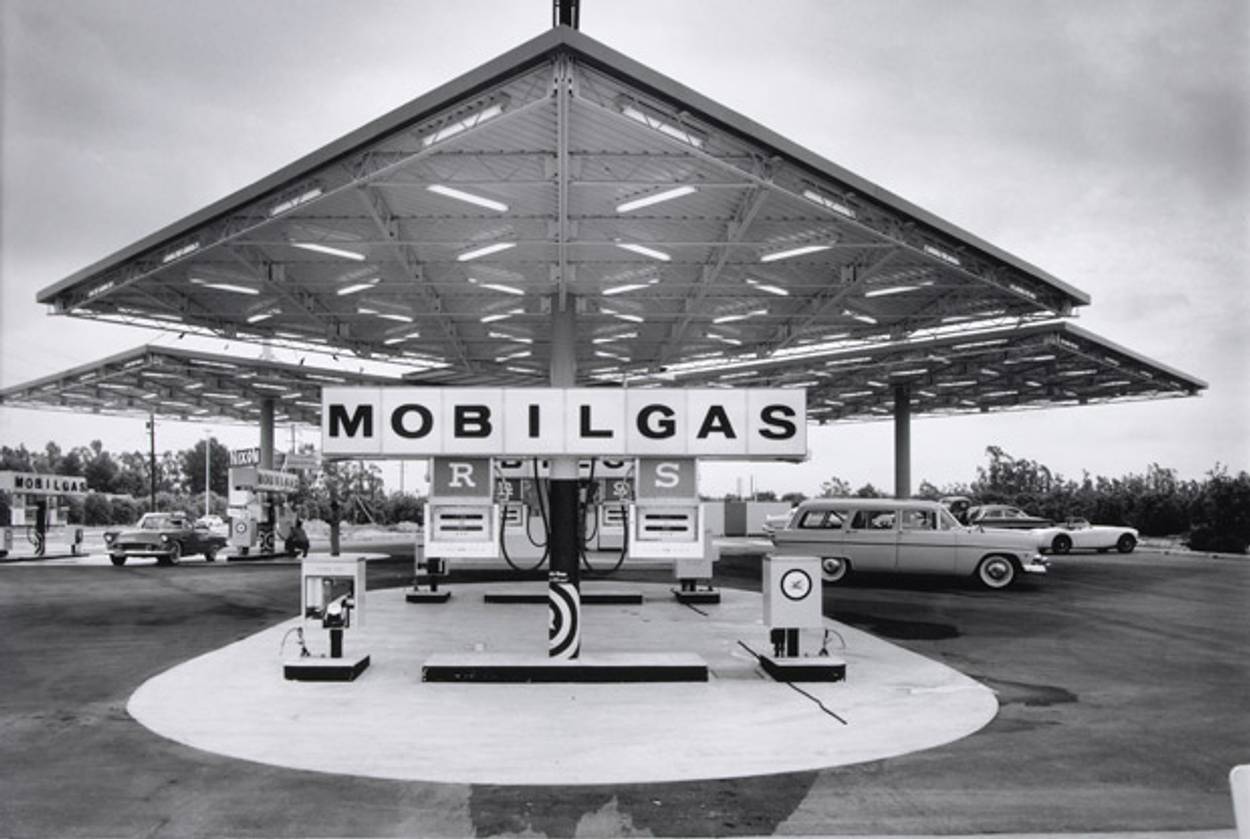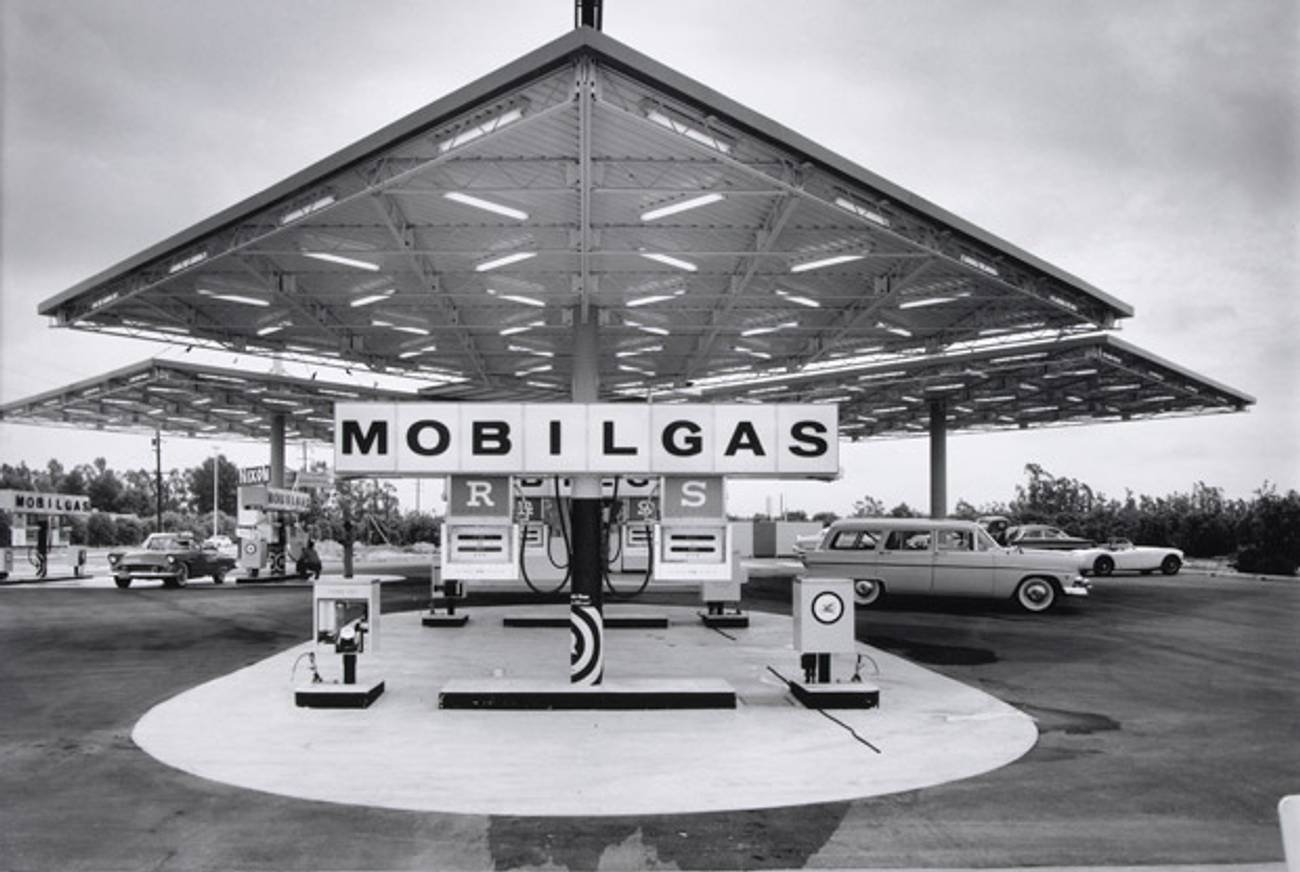Modern Love
Brooklyn-born photographer Julius Shulman, the subject of two recent books, captured Los Angeles’ development into a center of modernism




Julius Shulman knew how to capture West Coast glamour. Though he is best-known for photographs of modernist architectural masterpieces, especially the idealized private spaces contained within midcentury homes like Pierre Koenig’s Stahl House (also known as Case Study House No. 22), Shulman’s love of Los Angeles sprawled from coffee shops to luxury homes and from community colleges to the majestic Griffith Park. But in his photographic universe, he kept order, with pitch-perfect arrangements of Knoll and Herman Miller furnishings and a meticulously composed vanishing point.
Born in Brooklyn and raised in rural Connecticut until the age of 10, when his family moved to Los Angeles, Shulman maintained his connection to nature while simultaneously documenting a new urban paradigm that was taking shape on the West Coast. Shulman sought spiritual sanctity in the beauty of the physical world—both built and natural—but never in a synagogue. He had no interest in ethno-centrism or Jewish exceptionalism. Yet he maintained close relationships with architects in the progressive modern movement, many of whom were Jewish émigrés from Europe who often found philosophical and professional support from Jewish Americans.
Architects of American synagogues embraced the seismic shift of modernism, and so too did practitioners and patrons of residential and commercial modern design. This generally meant rejecting historical precedent in favor of a forward-thinking visual and spatial vocabulary that valued clean lines and new technologies over fussy ornamentation. When it came time to design a home and studio for himself on a bucolic Hollywood hillside, where Shulman bought a plot in 1947, he hired his friend Raphael Soriano, a Sephardic Jew who immigrated from Rhodes, Greece, to Los Angeles. The project was completed in 1950, and Shulman lived and worked at the property until his death at home on July 15, 2009, at the age of 98.
Although Shulman traveled with his camera and took photographs abroad, two recent books about him reveal new insights into his relationship with his adopted hometown. This spring’s Julius Shulman Los Angeles: The Birth of a Modern Metropolis—which features text by architectural writer Sam Lubell and a forward by Shulman’s daughter Judy McKee—shows how Shulman recorded all corners of L.A. as it went through various boom cycles and forged a new path for cities in the West. Julius Shulman’s Los Angeles draws from a 2007-2008 exhibition of Shulman’s work at Los Angeles Central Library that featured a range of buildings and environments. And Shulman’s legacy is again manifest in several exhibitions associated with the Getty-coordinated citywide series of exhibitions, Pacific Standard Time: Art in L.A. 1945-1980, which continues through April 2012.
For the accompanying slideshow, author Lubell selected images representative of Shulman’s life and work. His commentary is provided in the captions.
Jessica Ritz is a freelance writer in Los Angeles.
Jessica Ritz is a freelance writer in Los Angeles.